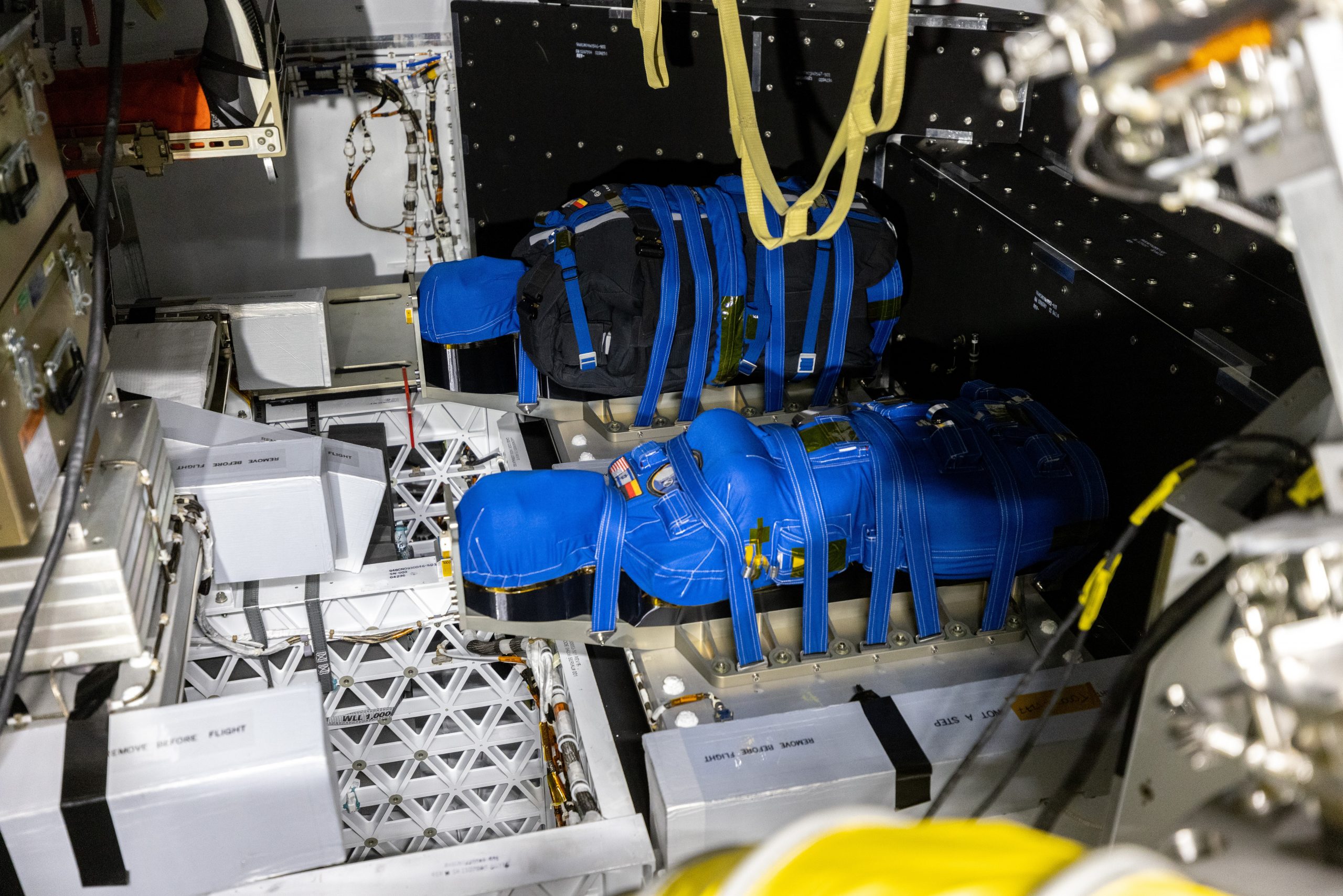What happens to astronauts when they travel far beyond Earth’s shielded environment? The answer is critical for long-term missions to the Moon and Mars, where space radiation poses a daunting challenge. ESA, along with the German Aerospace Center (DLR) and NASA, launched a unique radiation experiment on the uncrewed Artemis I mission to find out more. Radiation exposure inside the Orion spacecraft revealed a patchwork of results.
Two specially designed mannequins, or “phantoms,” named Helga and Zohar embarked on a 25-day round-trip journey around the Moon to measure cosmic radiation exposure and potential health risks astronauts may face.
On flight day 13, reached a record-breaking 432 218 kilometres from Earth, the farthest distance ever travelled by a spacecraft able to carry astronauts. The initial findings published in Nature mark an exciting milestone in human space exploration, reveal better shielding regions within the capsule and bring us closer to ensuring safe human journeys into deep space.

An illustration of the Van Allen belts around Earth. Credit: ESA
Meet Helga and Zohar
Helga and Zohar are life-sized mannequins shaped to mimic the female body and fitted with over 12000 radiation sensors. Unlike conventional crash-test dummies, these two “lunar twins” are sophisticated research tools, sliced to replicate different body parts. This configuration allows scientists to precisely measure radiation exposure to sensitive organs, including the lungs, stomach, and bone marrow. Helga flew without any protection, while Zohar wore a vest –a special protective garment designed to shield astronauts from radiation. This setup allowed scientists to compare radiation exposure with and without shielding, helping them determine the level of protection astronauts would require.

Zohar with her vest at the front, while Helga sits at the back of the image. Credit: StemRad
What did the experiment show?
Radiation exposure inside the Orion spacecraft revealed a patchwork of results. Detectors placed in different parts of the spacecraft showed that areas with better shielding offered up to four times more protection than less-shielded regions. This variation is important, to identify safer spots for astronauts within the capsule. For instance, during a significant solar particle event – a burst of radiation from the Sun – radiation levels in the most shielded areas of the capsule remained below 150 millisieverts. This is comparable to the radiation exposure astronauts experience over a year on the International Space Station within Earth’s protection, and still well below NASA’s limit for acute radiation sickness. This result validates Orion’s design for crewed missions, giving confidence that the spacecraft could keep astronauts safe on future lunar journeys.
The experiment also demonstrated how a simple manoeuvre can make a big difference: during a 90-degree rotation of the Orion spacecraft near the Earth’s Van Allen radiation belt – regions of intense radiation around Earth, created by trapped charged particles – radiation exposure dropped by half. This finding highlights how the spacecraft’s orientation can impact radiation exposure and provides valuable data for planning future missions.

After a 25-day flight beyond the Moon and back, the two mannequins underwent post-flight payload inspections at Kennedy Space Center in Florida in January 2023. Credit: NASA-K. Shiflett
ESA’s role in protecting astronauts
ESA’s contribution to the experiment came through five active dosimeters —devices that continuously measure radiation exposure — placed at different locations inside Orion. These mobile dosimeters trace their origins to technology tested on the International Space Station by ESA astronauts Andreas Mogensen and Thomas Pesquet. This technology is now paving the way for improved radiation safety measures for lunar missions and will contribute to ESA’s radiation safety technology for the Gateway, a space station that will orbit the Moon and provide support for deep-space missions.
ESA’s involvement does not end here: with data being analysed from Helga and Zohar’s flight, the insights gained will help improve radiation protection strategies for astronauts embarking on upcoming Artemis missions and, ultimately, journeys even further into deep space.

Helga and Zohar inside Orion. Credit: NASA
Why this matters for human spaceflight
Radiation exposure is one of the most significant risks for astronauts in deep space. Understanding which parts of a spacecraft offer better protection and how shielding and orientation can mitigate radiation exposure are key on long duration missions. The Artemis I results provide scientists and engineers with a clearer picture of the radiation environment astronauts will face as they journey further than ever before.

Aurorae seen from the International Space Station. Credit: ESA/NASA-S. Cristoforetti

 Automated Transfer Vehicle page
Automated Transfer Vehicle page ATV blog archive
ATV blog archive
Discussion: 2 comments
Super interesante explicación! Leyendo este artículo tengo la impresión de que cada vez estamos más cerca de los planetas que tenemos más cercanos. Será maravilloso que podamos tener la oportunidad de acercarnos y analizarlos in situ en el futuro; y leyendo el artículo de Uma, me satisface muchísimo ver que los jovenes de ahora, se están preparando a fondo para afrontar ese reto y esas misiones que nos trasladan un mensaje de esperanza para el futuro. Gracias! Seguid trabajando y, sobre todo, disfrutando de esta aventura.
These articles are very useful for understanding what ESA is doing for our future. It is explained in a very accessible and educational way. Thank you, excellent work ESA and the writer!